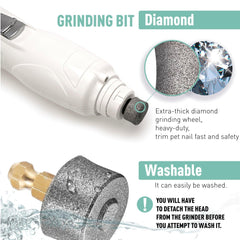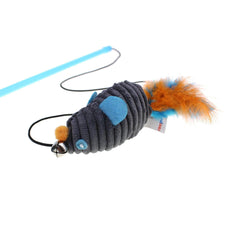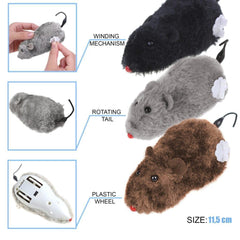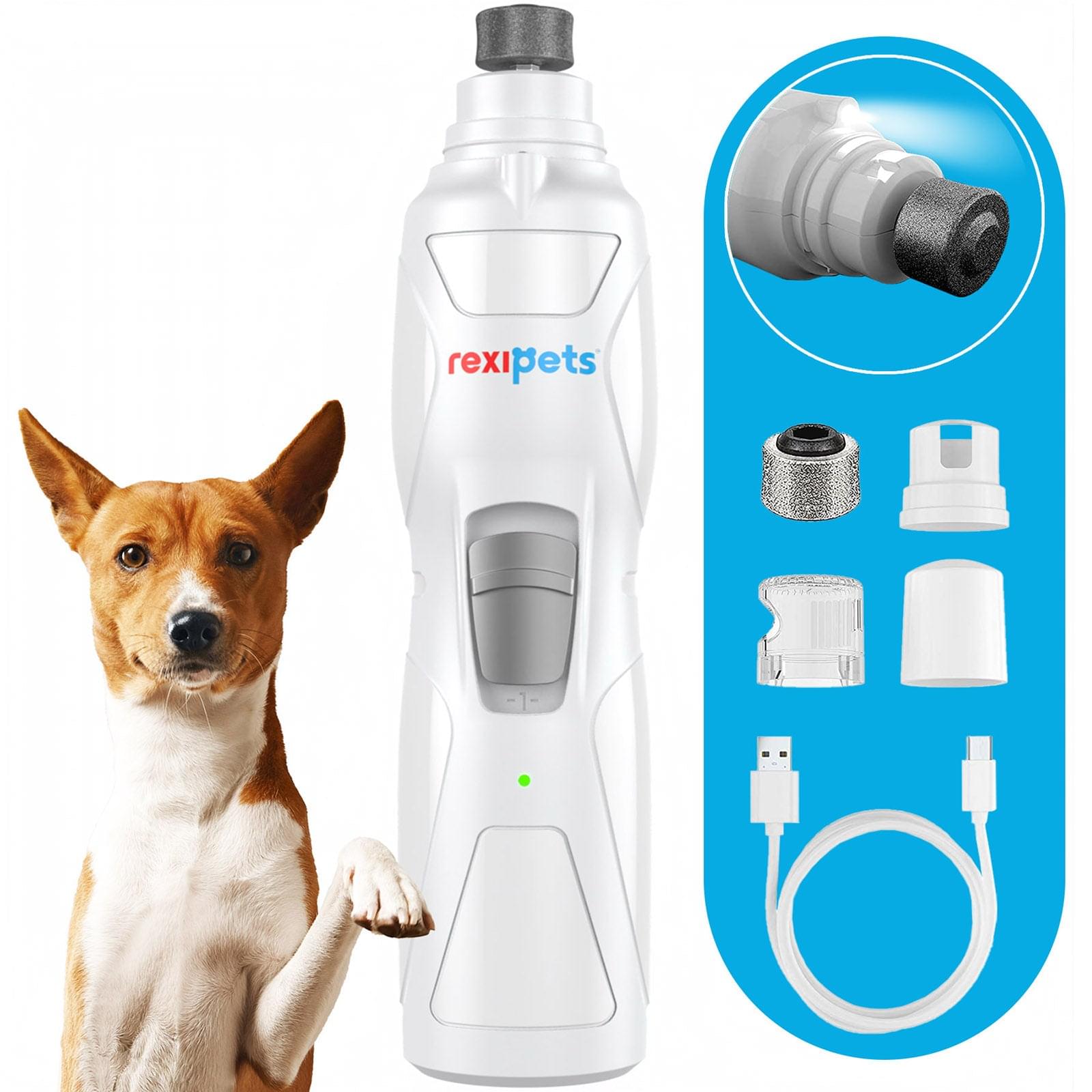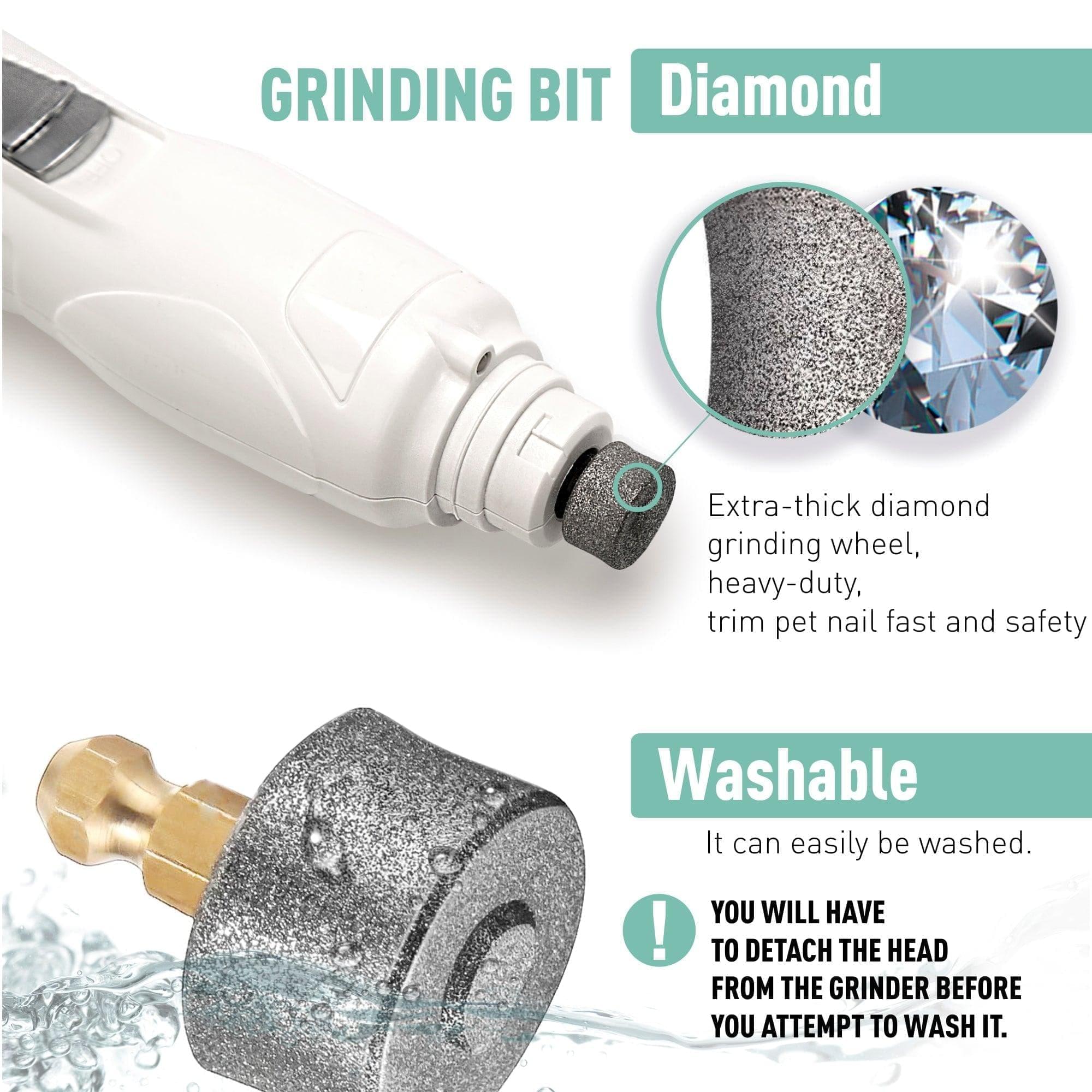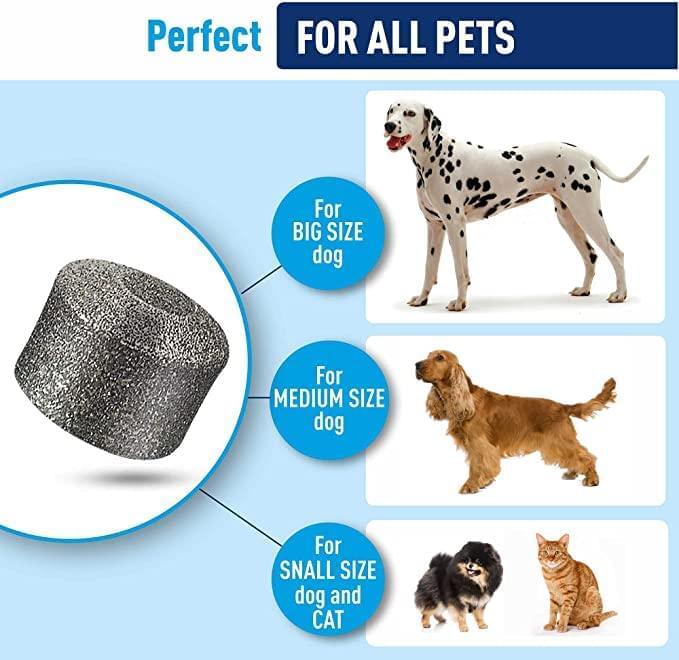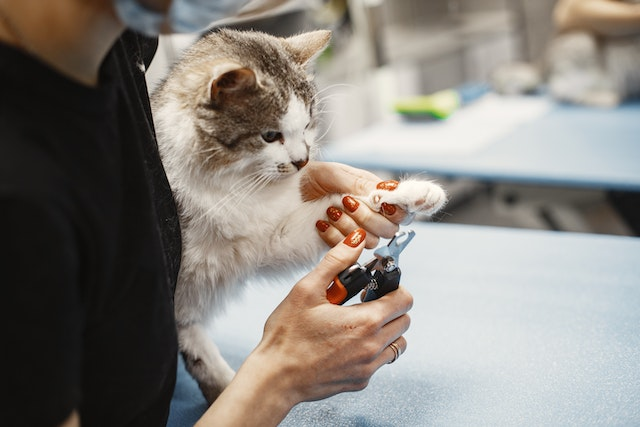
Nail splits in cats are extremely traumatic to deal with as a pet owner and extremely painful for cats. Many new cat parents face this issue and are looking for answers.
And guess what?
You are in luck because we have made a guide for treating a split cat nail. There can be many reasons why your cat's nails are splitting. You need to assess them and then treat them.
Today, we will talk about why cat nails split. Can it be dangerous for your cat, and how do you treat a split cat nail?
Why Do Cat Nails Split?
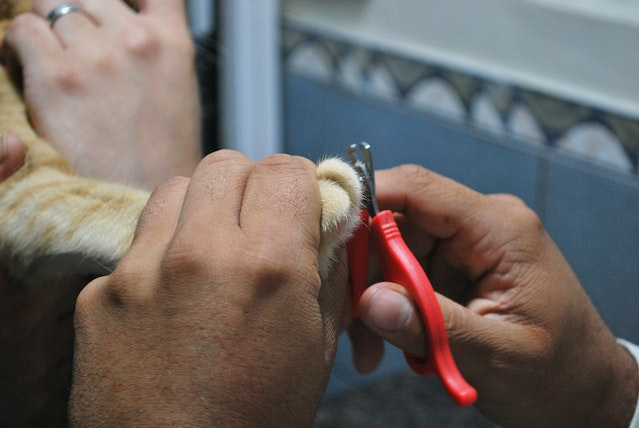
Cats absolutely love scratching things, but sometimes their enthusiasm can lead to broken nails. Whether they accidentally snag their nails on carpet fibers, upholstery, scratching post materials, or land their paws awkwardly after jumping off furniture or countertops, a nail can bend backward and break, thus causing a torn nail.
Older cats may have dry, brittle nails more prone to breaking easily. Longer nails are also more likely to get caught and break.
Regardless, a torn nail can be painful for a cat and cause bleeding. So, it's crucial to address it promptly and give them the necessary care.
Can It Be Dangerous for Your Cat?
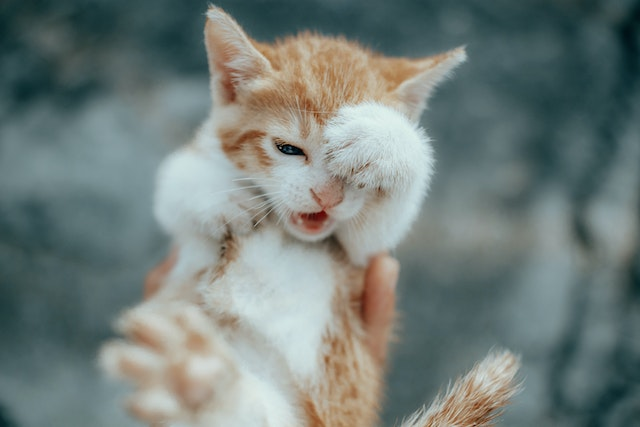
When cat nails split or break, it can be pretty dangerous for them.
Here's why a cat's split or broken nails are dangerous:
1) It Hurts
A broken, split, or torn nail can cause a lot of pain for your furry friend. Imagine if you had a nail that was split or cracked—it would be really uncomfortable, right?
Well, it's the same for cats. They rely on their nails for walking, jumping, and playing, so when one of their nails is damaged, it can be pretty painful and make it challenging for your furry friends to do their usual activities.
2) Bleeding and Infection
When a cat's nail breaks, it can often bleed. This can be a bit scary, particularly if you see blood. But the real danger comes from the chances of infection. When the cat's nails are broken, it creates an open wound allowing bacteria to enter.
Not treating it in time can cause an infection, requiring medical attention to clear up.
3) Limited Mobility
Cats use their nails for gripping and climbing. When a nail is split or broken, it can make it challenging for them to move around as usual. They may start favoring the paw with the damaged nail or avoid putting weight on it altogether. This limited mobility can frustrate your cat and may even cause them to become less active.
4) Self-Injury
Sometimes, when a cat has a torn nail, it may try to groom it to relieve the discomfort. Unfortunately, this can make things worse. They can cause more damage to the already broken nail or even hurt the surrounding tissue.
The broken nail can sometimes become sharp or jagged and unintentionally scratch other body parts, leading to additional injuries such as an injured paw. So, if your cat's nails are broken, you need to get them fixed immediately. Your vet may also give pain medication to relieve the discomfort.
5) Changes in Behavior
Cats in pain may exhibit changes in their behavior. They might become more irritable, agitated, or withdrawn from social interactions.
It's their way of communicating that something is bothering them. You may notice that your cat favors one paw over the other or avoids using the paw with the broken nail. These behavioral changes can impact their well-being and require attention from a veterinarian.
So, if you see your cat experiencing a broken or split nail, it's essential to take it seriously. Seek veterinary attention to alleviate their pain, prevent infection, and ensure your cat recovers quickly.
What To Do In Case Of A Split Nail, And How To Treat It?
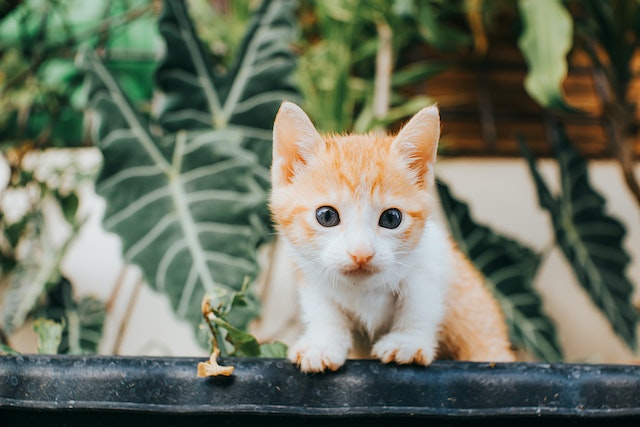
Now that you know how a split nail can threaten your cat's health and well-being, let's find out what you should do for treating a split cat nail to ensure the safety of your cat's claws.
-
Restrain your cat
To safely handle your cat while attending to a broken nail, it's essential to have someone assist you. Ask a family member or friend to hold your cat gently but securely. Remember, even the friendliest cat can react unpredictably when in pain. So it's a good idea to wrap your furry friend in a towel to provide comfort and prevent them from scratching or biting.
One way to restrain your cat is to give them a comforting hug. This will help immobilize them and make them feel secure. Cats often respond positively to being held close, giving them a sense of safety and reassurance.
It's essential to approach the situation with care and patience, as your cat may be experiencing discomfort or fear. Suppose you are unsure or uncomfortable with the process. In that case, it's always a good idea to seek help from a veterinarian or even a professional groomer.
-
Control the bleeding
Take a couple of steps to stop bleeding from a broken nail. First, wrap the cat's foot in gauze or a towel. Then apply gentle pressure to the affected paw. This can help control the bleeding. If the bleeding continues for more than 5-10 minutes, you can use certain products to help stop it.
One option is to use a styptic pencil, silver nitrate stick, or cauterizing powder found at pet stores or in the first-aid section of a pet store or human pharmacy.
If you don't have these supplies at home, you can cover the nail with baking powder or flour, which can also assist in clotting the blood.
-
Get rid of the damage

To address a broken or damaged nail, it is necessary to remove the affected part. While there may be cases where a loosely attached part of the nail can be easily trimmed at home using nail clippers alone, it is recommended to have a veterinarian handle this procedure. As you take your feline friend to the vet, keep their foot wrapped in paper towels for protection.
Removing the damaged portion of the nail can be uncomfortable for your cat. Trimming the nail above the break is essential to completely eliminate the damaged part and provide a solid base for the nail to regrow.
It is crucial to rely on professional veterinary care for this procedure to ensure the safety and well-being of your cat.
-
Prevent infection
To prevent infection in the nail bed, your veterinarian may take several steps to stop bleeding there. They might apply antibiotic ointment or powder to the exposed nail bed and then bandage the foot to protect it from contamination and reduce further bleeding.
Additionally, they may recommend oral or injectable antibiotics to combat potential infections effectively. It's important to prioritize healthy nails and infection prevention because if the nail bed becomes infected, it can lead to severe complications, including bone infections.
Treating bone infections can be challenging, as only certain antibiotics are effective against them.
Final Words!
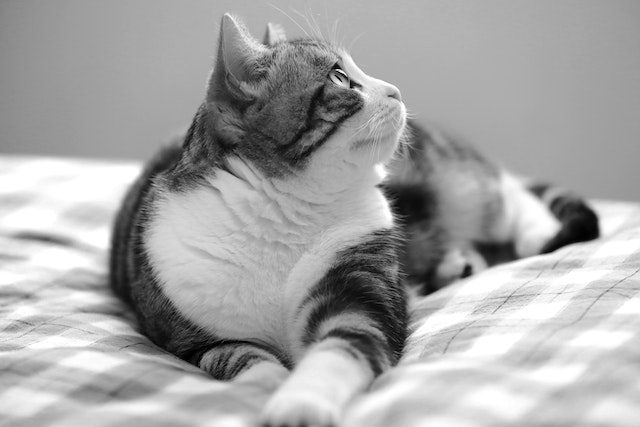
Treating a split cat nail requires prompt attention and careful handling to ensure your cat's well-being.
Safely restrain your cat by wrapping it in a towel or having someone assist you. If the nail is bleeding, apply pressure with gauze or a towel. Use styptic pencils, cauterizing powder, or household items like baking powder or soap for severe or persistent bleeding. However, it's best to seek professional veterinary help to remove any broken or damaged part of the nail.
Veterinarians have the expertise and tools to handle the procedure safely and minimize discomfort. Regular follow-up visits to the veterinary clinic are highly recommended for monitoring and adjusting the treatment as needed.
You can help relieve your cat's pain, prevent complications, and promote a speedy recovery from torn nails by providing timely care. Prioritize your cat's well-being and seek veterinary care when dealing with a split cat nail. Keep your cat's nails trimmed at all times. Healthy nails ensure a happy cat.









